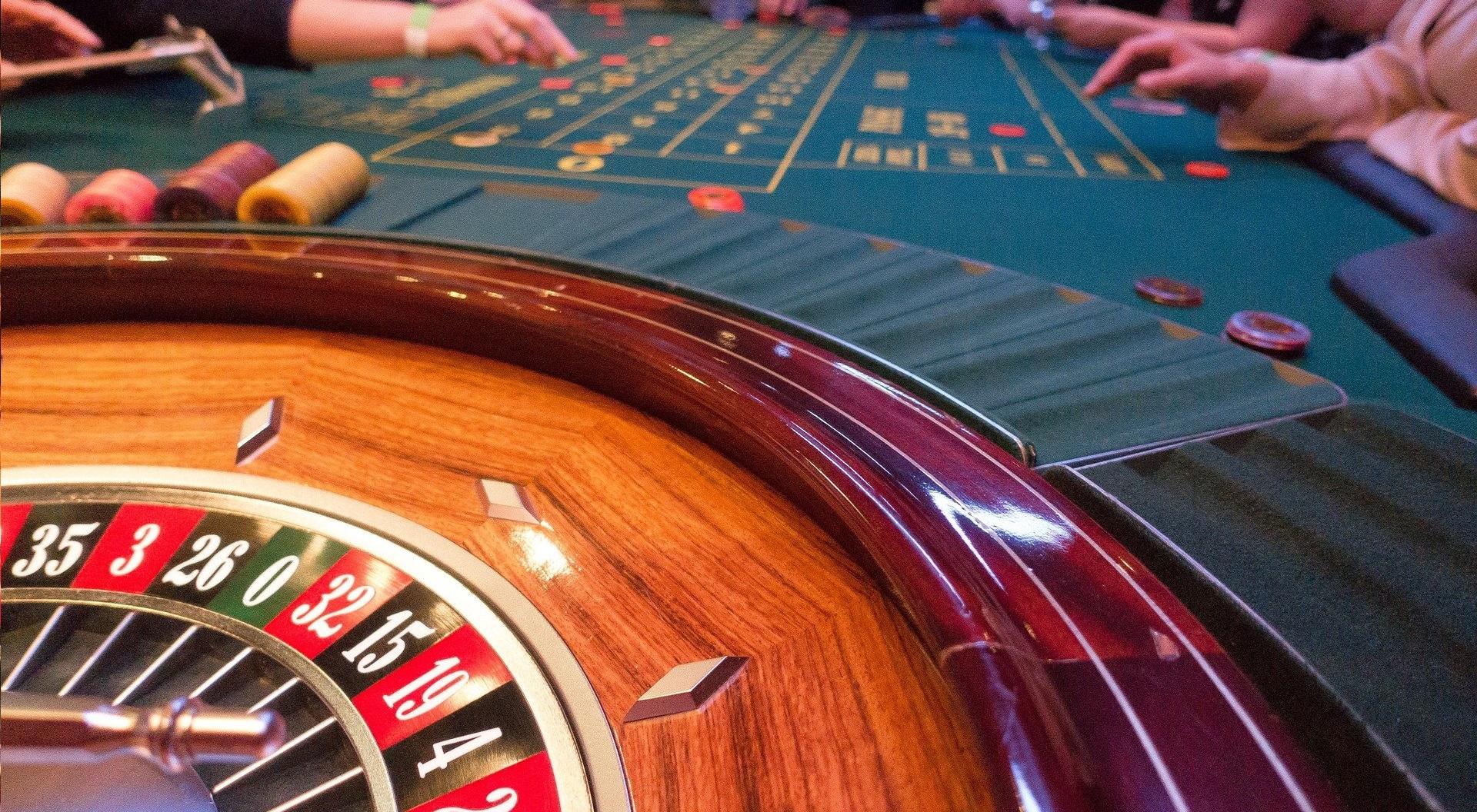
Gambling games have long captivated the human imagination, drawing players into a world filled with chance, planning, and the allure of adventure. Each game is carefully crafted not just for fun, but also to elicit specific emotional responses that keep players engaged and invested. Understanding the drives behind these designs reveals much about how human psychology plays a crucial role in the gaming experience.
From the dazzling lights and vibrant sounds to the sophisticated layering of rules and incentives, casino games are designed to create an atmosphere of excitement and expectation. Game designers leverage psychological principles to influence participant behavior, whether through the use of big prizes, almost wins, or community engagement. By examining these factors, we can better appreciate how casino games fulfill not just a need for entertainment, but underlying psychological needs for thrill and uncertainty.
Grasping Player Behavior
Casino games are engineered with a deep understanding of player psychology, which is essential for luring and keeping players. The excitement of the game, combined with the hope of winning, produces a strong attraction. Game designers make use of elements like sonic elements, colorful graphics, and engaging gameplay to capture attention and generate emotional responses. These sensory elements enhance the overall experience, making players feel more attached in the game.
Another important aspect of player behavior is the notion of risk versus reward. Casino games often weigh high-stakes situations with the potential for significant rewards, which can result in the event known as near-miss effect. When players come within reach to winning, the brain releases dopamine, strengthening their behavior and motivating them to continue playing in search of that elusive win. This cycle of wish and frustration plays a key role in how games are constructed and marketed.
Lastly, social elements also play a central role in player behavior at casinos. Many games are crafted to be played in pairs or in company with other players, nurturing a sense of community and communal experience. The social interaction inherent in games like blackjack enhances enjoyment and can result in longer play sessions. Designers take advantage on this by crafting environments that encourage players to remain, socialize, and revisit, making the overall casino experience more inviting.
The Role of Visuals and Audio
Visuals and audio play a vital role in enhancing the gambler’s experience within casino games. non GamStop casino sites UK Designers utilize vibrant colors, striking graphics, and captivating animations to grab players’ attention and hold their focus. The use of themes, such as exploration or opulence, helps create an engaging atmosphere that takes players into another world. By connecting to the senses, these elements add to a heightened emotional response, prompting players to engage more profoundly with the games.
Audio design is just as important in enhancing the overall experience of casino games. The mix of ambient music, audio effects for successful combinations, and ambient noises creates an auditory landscape that keeps players fascinated. Sounds associated with victories, such as ringing bells or festive music, evoke feelings of excitement and satisfaction, encouraging players to continue playing. These audio cues are carefully placed to enhance the thrill of the game and create a more engaging experience.
Moreover, the alignment of imagery and sound is important for reinforcing the game’s overall concept and atmosphere. Each element should align harmoniously to create a unified experience that pulls players in. The effective use of this synergy not only enhances user satisfaction but also increases the likelihood of return play, as players become more invested in the captivating world that the casino games offer. This thoughtful integration of imagery and audio ultimately enhances player engagement and loyalty.
Incentive Structures and Participation
The development of gambling games greatly relies on reward structures to ensure participants involved and returning for additional experiences. These systems are based in behavioral theories that exploit human behavior and motivation. Players are often motivated by the excitement of winning, which is supported by immediate feedback through the game structure’s mechanics. This instant gratification not just improves the overall experience but also cultivates a sense of success, prompting players to keep playing in hopes of bigger rewards.
Casinos utilize various reward structures, including large payouts, extra rewards, and increased rewards, to engage players. These features create a level of excitement that sustains interest. Additionally, the unpredictability of outcomes plays a crucial role in sustaining interest. The variable reward system, where wins are random but occur often enough, maintains participants on edge and motivated to continue participating. This cycle of hope and anticipation is foundational to the success of gambling experiences.
In addition, community aspects, such as tournaments and multiplayer features, boost the participation factor by leveraging the desire to compete of players. The shared experience of gaming with fellow participants can intensify the excitement of winning and create a community atmosphere within the casino. By integrating these social dynamics with efficient reward systems, gambling experiences don’t just provide entertainment but also nurture a deeper connection among players, reinforcing their loyalty to the gaming experience.